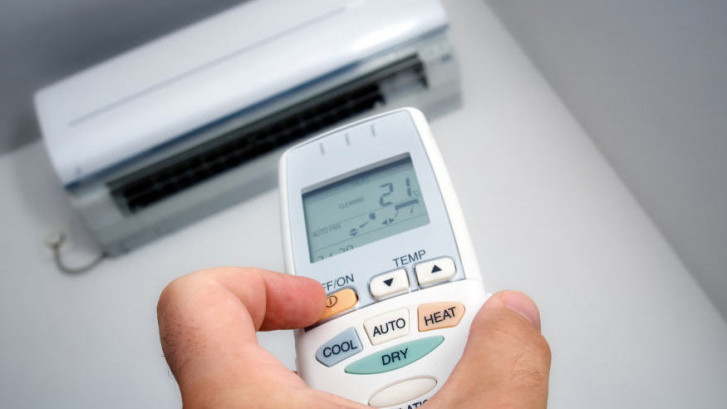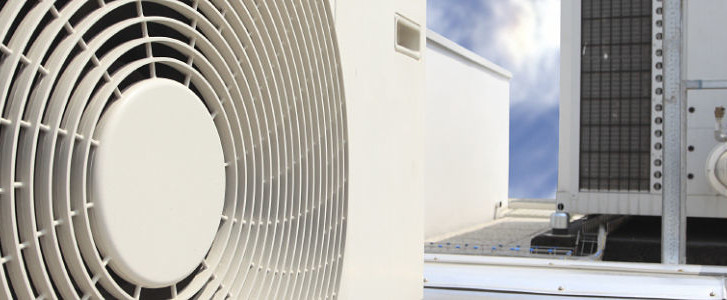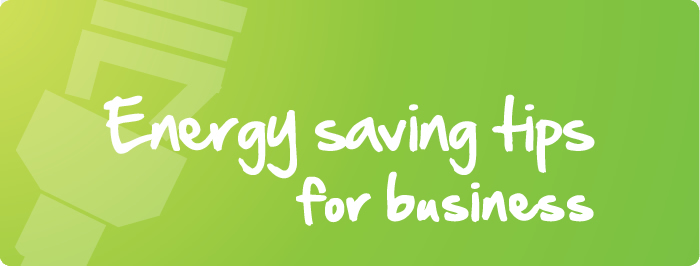Air Conditioning & Heating Maintenance Tips
As with any mechanical system, air conditioning and heating requires regular maintenance to keep it running smoothly and efficiently. Good maintenance saves you money.
Proper maintenance of your heating, ventilation and air conditioning system will help reduce electrical consumption and therefore lower your utility bills. It can help increase the life span of your equipment, thus reducing the need for expensive repairs. What are some things you can do to get the most from your air conditioning and heating equipment?
Regular filter changes are an important part of your indoor environmental quality and HVAC equipment condition. Filter changes are first and foremost the most important element to air conditioning and heating system maintenance. Filter changes should be done monthly and/or quarterly depending on the filter type. Changing the filters of your ac equipment is a rather simple task with multiple benefits. Clean filters promote clean air, reduce allergens in the work space and allow for proper refrigeration process and pressures. What this means to you and your commercial building is a more productive work environment that promotes healthy living. It maximizes air conditioning capacity and gives you the full benefit of cooling, plus decreased electricity consumption results in lower utility bills and decreased overall operating costs.
Additional items to add to your maintenance list for getting the most value out of your air conditioning equipment include the following:
Clean drain lines and drain pans quarterly. Condensate treatment should be done to ensure proper drainage and to reduce the risk of water damage to the building.
Check and tighten belts quarterly. Tightening belts is critical to ensuring proper air volume, which affects the refrigeration process and cooling capacity. (lower utility costs.) If a belt breaks, your system will freeze up, causing potential water damage and compressor failure. If this happens, the ability to produce conditioned air is lost. Experiencing downtime of your air conditioning equipment can be disruptive to a productive work environment. Plus, emergency calls can cost upwards of an additional 30% due to overtime rates. Simple, regular maintenance can eliminate this risk.
Coil Cleaning. Clean coils annually and you can reduce electricity consumption, increase the overall efficiency of your unit, keep the air cleaner, increase the overall lifetime of the system and reduce repair costs. All that for a simple annual maintenance move that can be done quickly and at a minimal cost depending on the condition and location of your equipment.
Ensure Proper Refrigerant Levels. Checking refrigerant levels and pressures ensures proper dehumidification, which removes moisture to ensure a comfortable, cool and dry space.
Check electrical connections / motors. Oil and lubricate bearings to reduce friction (overheating). Reducing friction and heat will help decrease energy consumption and lower your utility costs.
Keep all air conditioning vents free of obstructions. A blocked return reduces air flow, which can cause your system to freeze up.
Contact D&J Air Conditioning today for a free building evaluation. We will inspect your equipment and provide a maintenance proposal specifically to meet you building and equipment’s needs.



